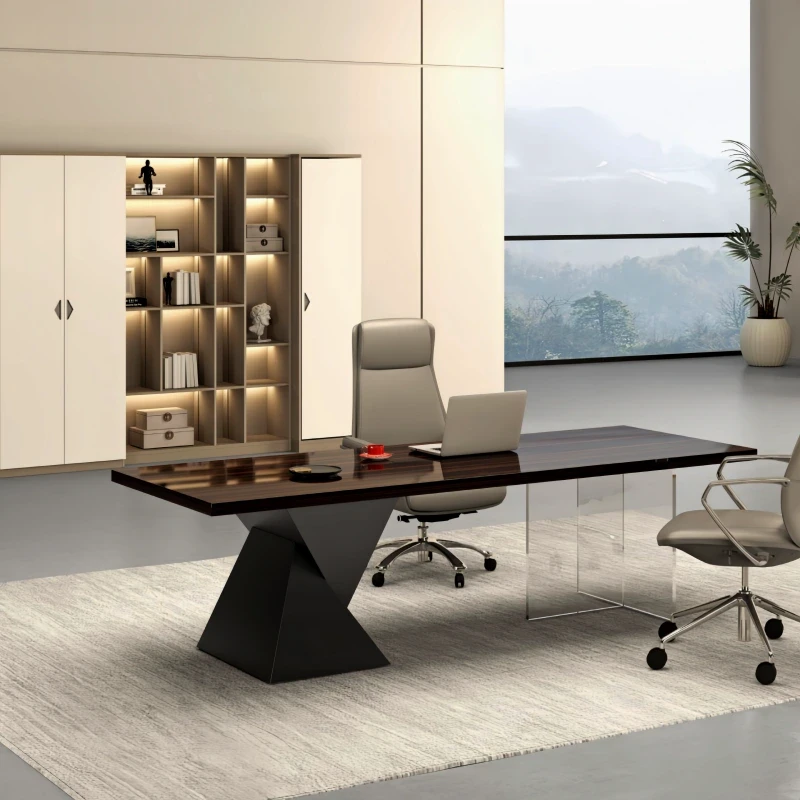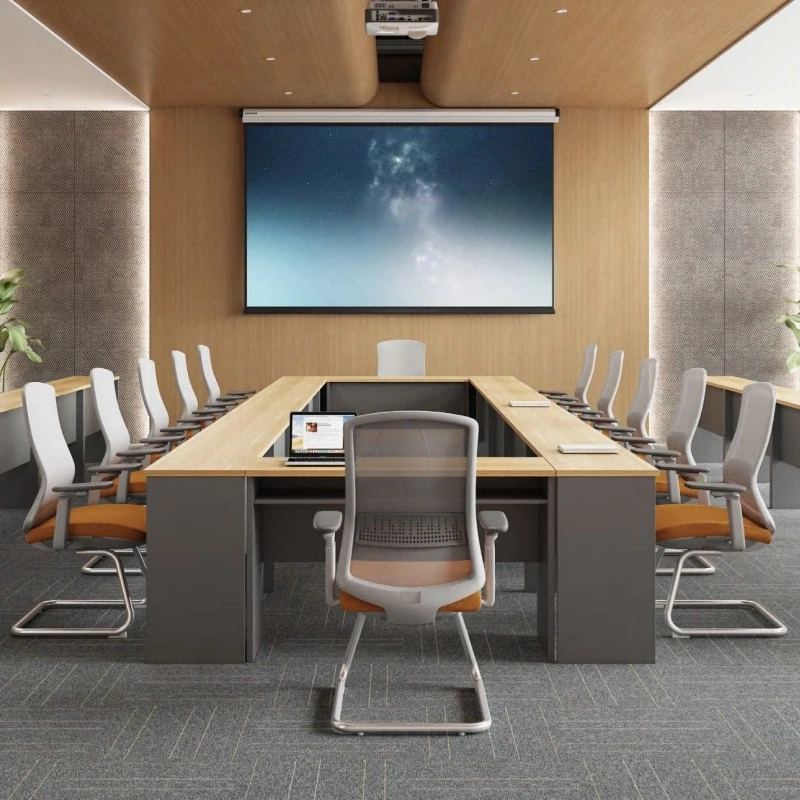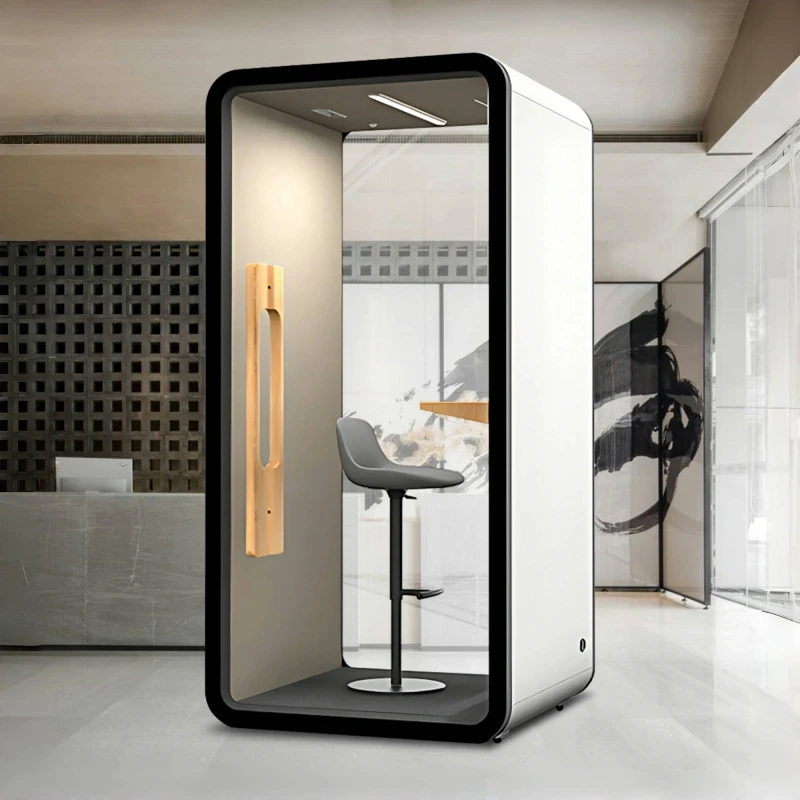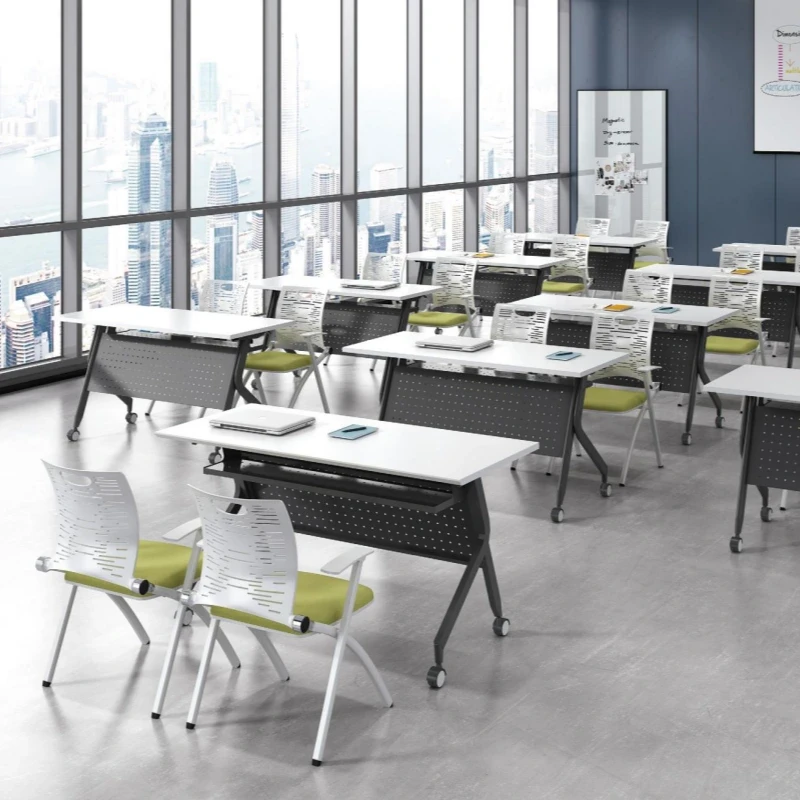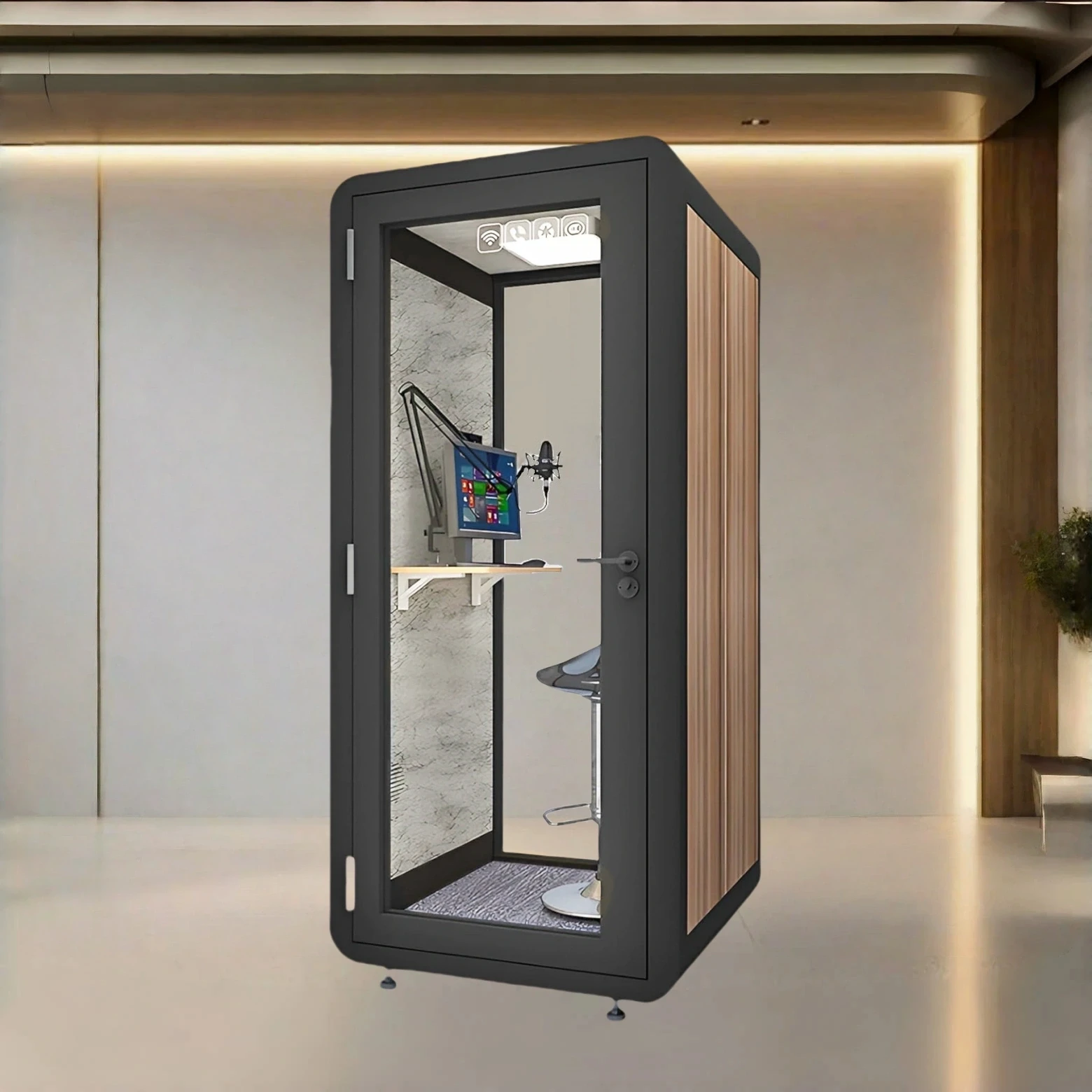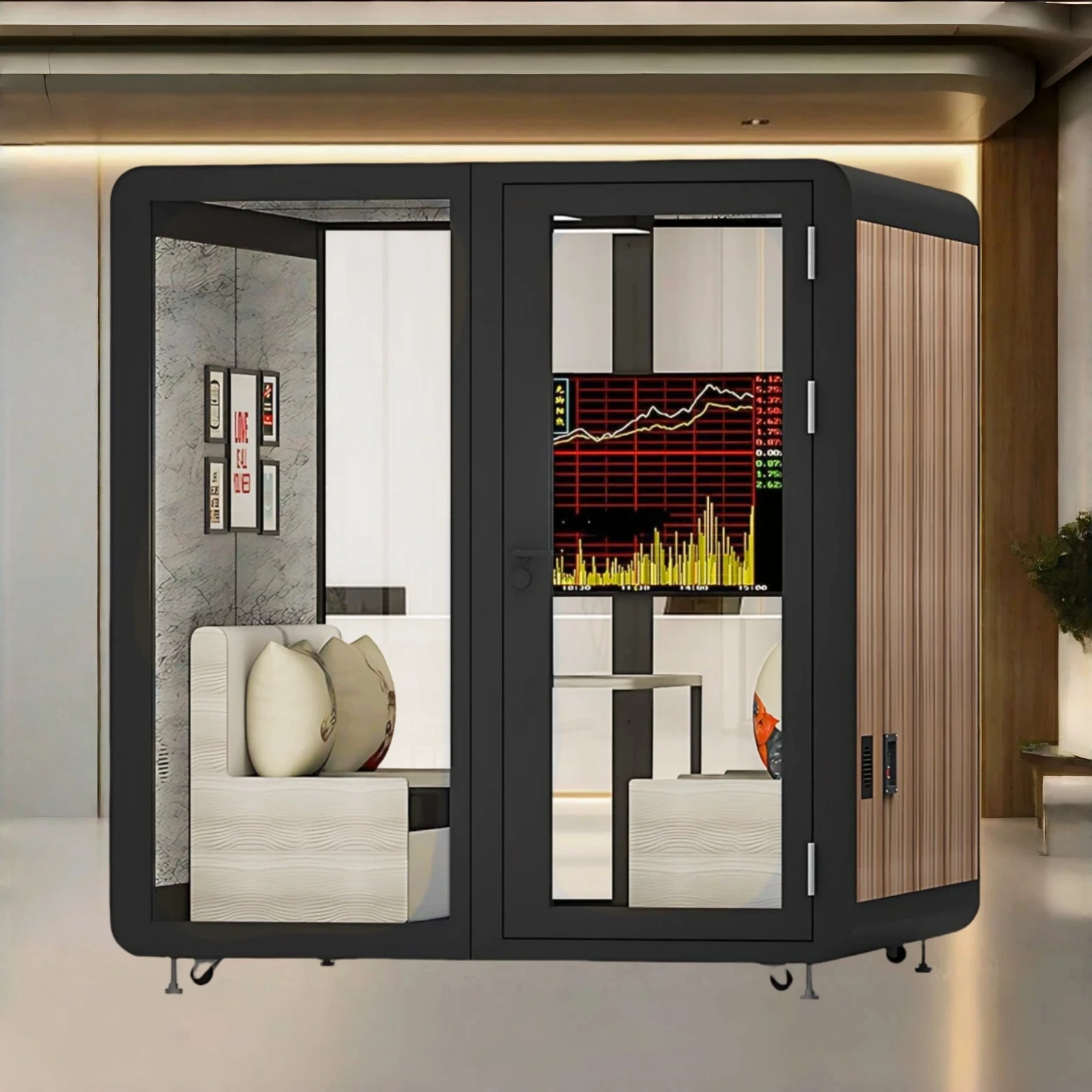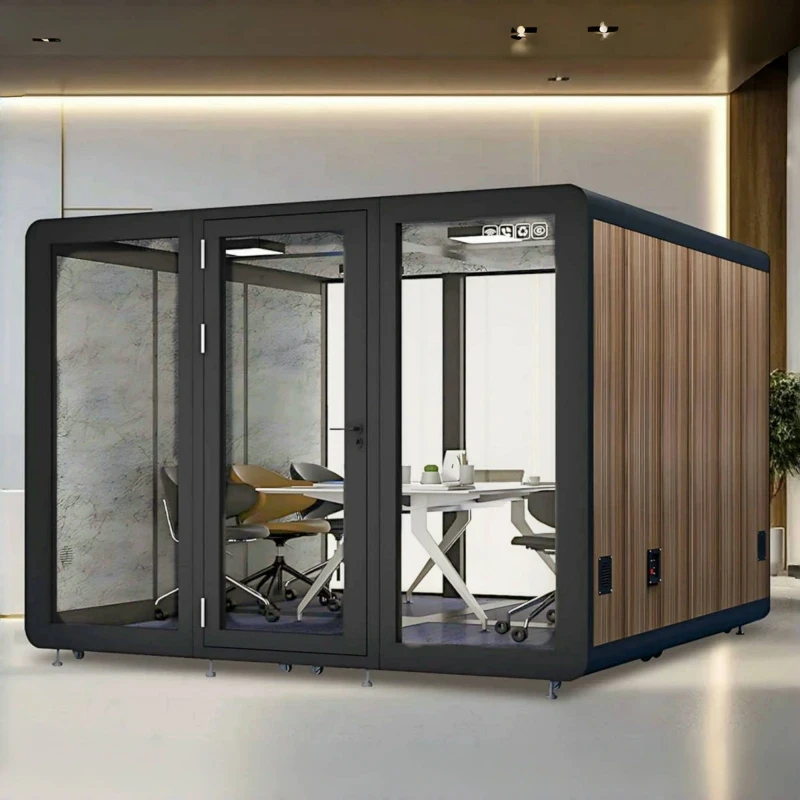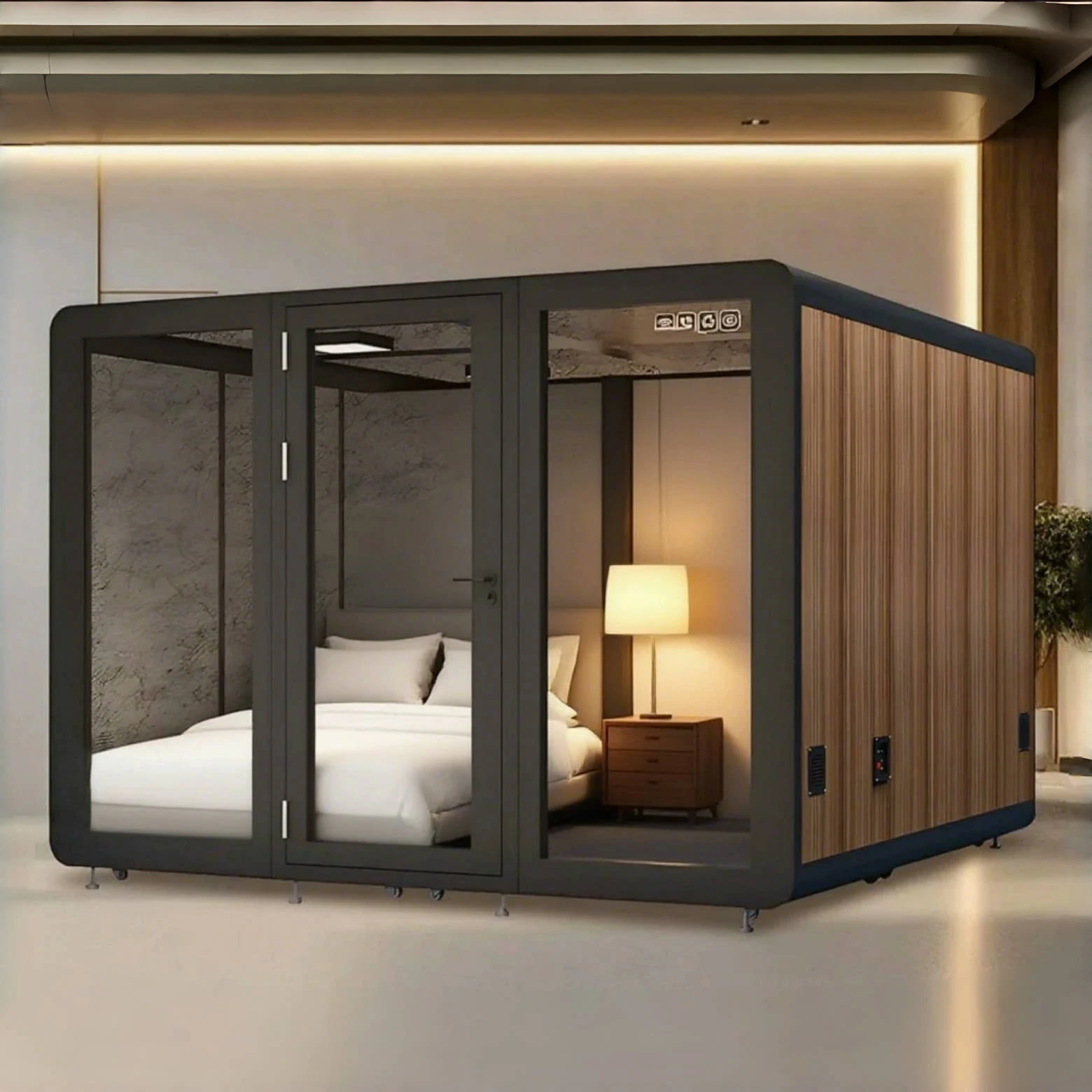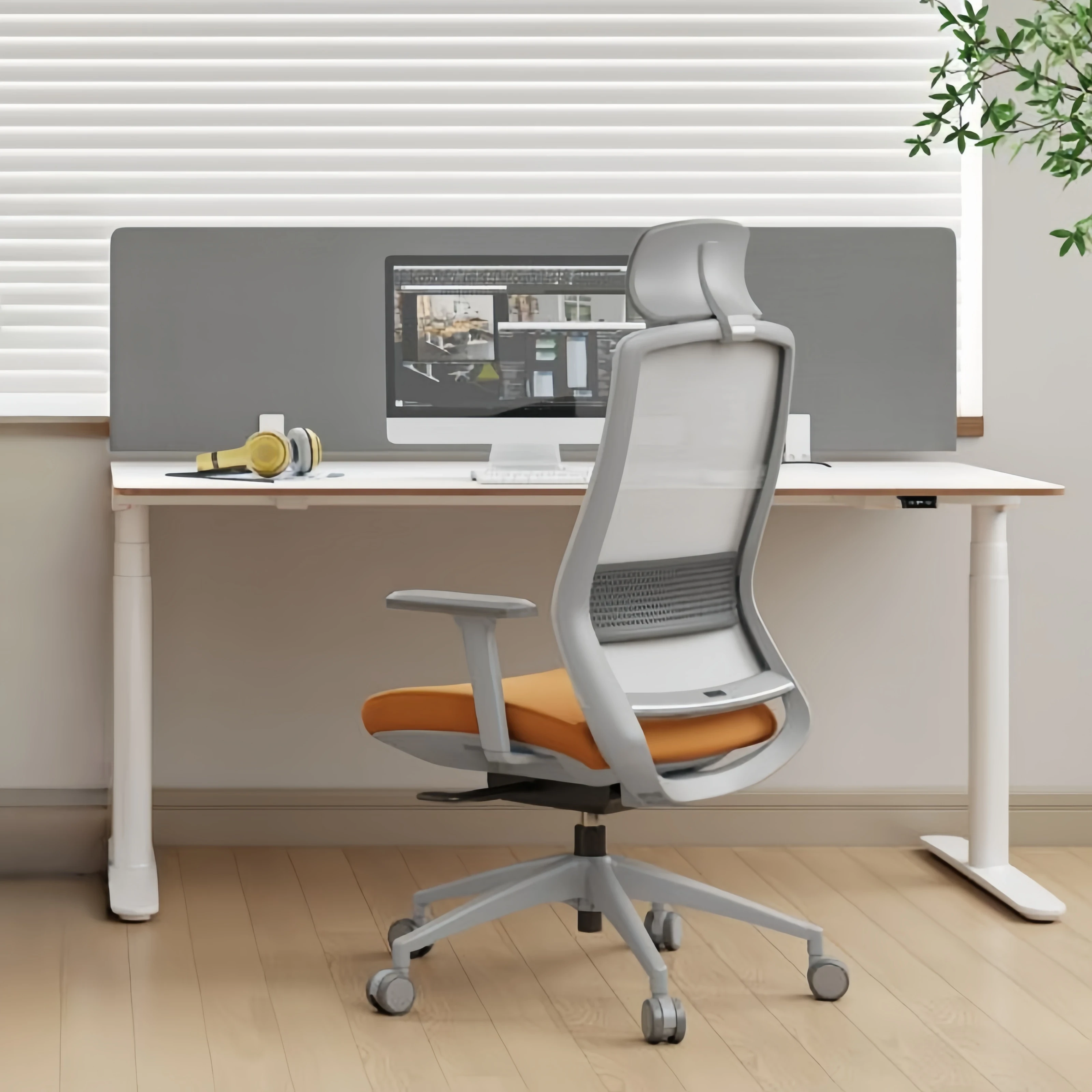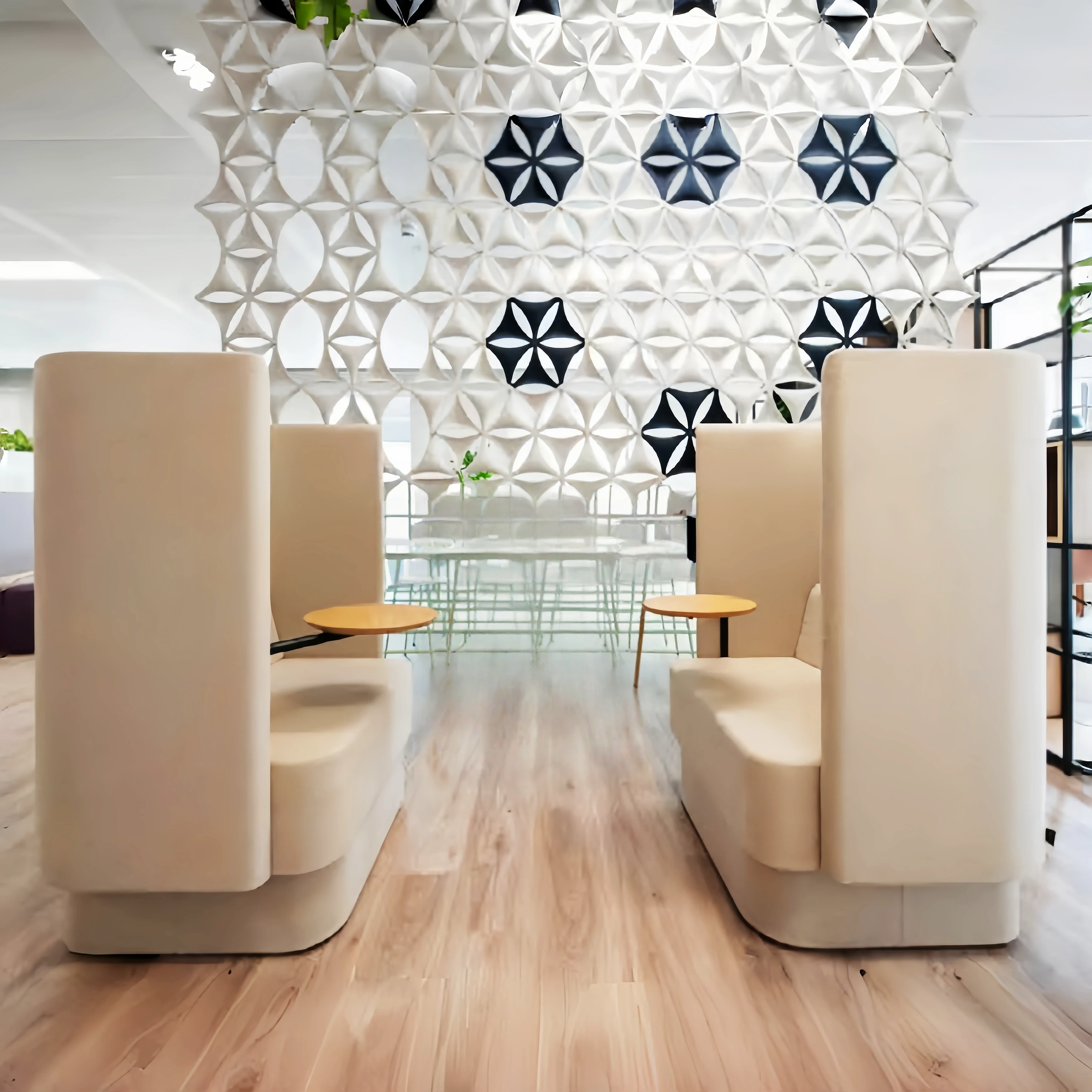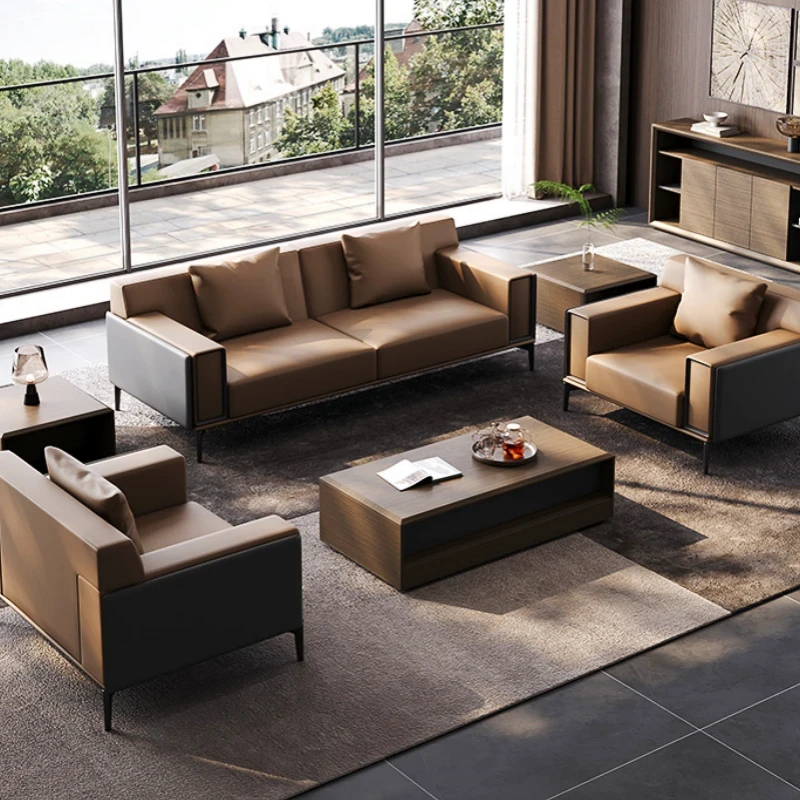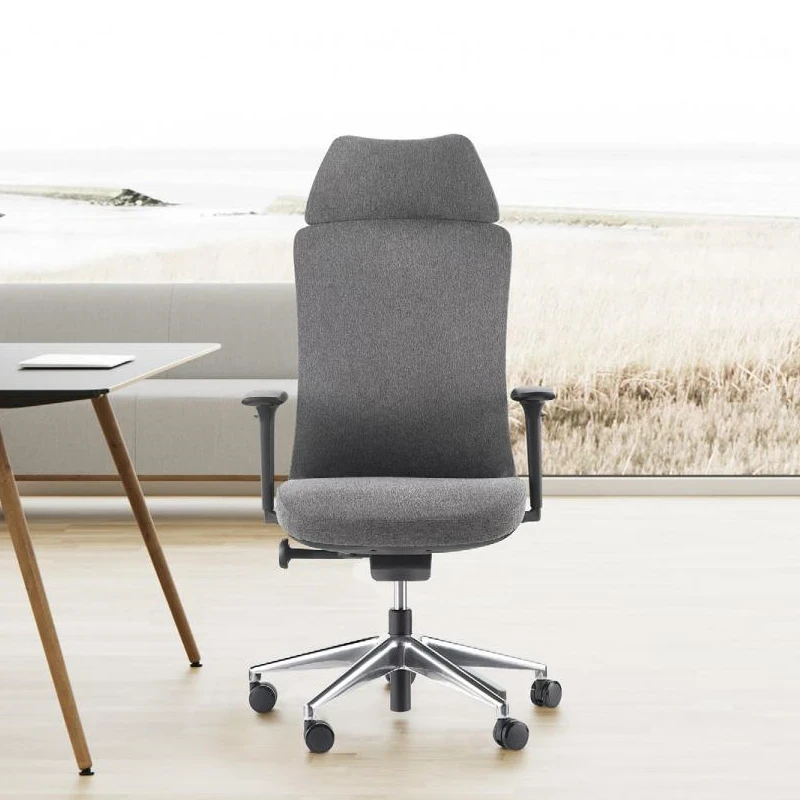Modern furniture, especially office furniture, is not merely aesthetically pleasing; it must also meet the needs of the human body, emphasizing the principle that "things serve people, not people serve things."
People are the users of furniture, and only when this "humanistic" approach is considered effective.
This is the defining criterion for excellent office furniture design, and ergonomics is particularly important in office furniture design, elevating it to paramount importance.
Ergonomics has been widely applied in modern industrial product design, and its application in furniture design has reached a mature level, as exemplified by the Xihao ergonomic computer chair from Xihao Furniture.
Furniture products are designed for human use. Therefore, the design's scale, shape, color, and layout are all based on the physiological and psychological dimensions of the human body and the movement patterns of various parts of the body, aiming to achieve safety, practicality, convenience, comfort, and aesthetics.
The application of ergonomics in office furniture design places particular emphasis on the physiological and psychological responses of office furniture to the human body during use, conducting scientific experiments and measurements to provide a scientific basis for furniture design based on extensive analysis.
At the same time, human activities such as working, studying, and resting are broken down into various posture models, which are then used as a basis for research on office furniture design. The basic dimensions of furniture and the relationships between furniture pieces are standardized based on the reference points for standing, sitting, and lying positions.
Specifically, in furniture scale design, the height design of cabinets, podiums without seats, and tables is based on the standing reference point.
Seating furniture, such as desks, dining tables, and chairs, is based on the sitting reference point; bedding such as beds, sofa beds, and couches is based on the lying reference point.
For example, when designing seat height, measurements and design are based on the sitting reference point (ischial tuberosity).
The height is typically set between 390mm and 420mm. A height below 380mm causes the knees to arch, causing discomfort and difficulty standing up.
When the height exceeds 500mm of the lower limb length, body pressure is distributed to the thigh, causing pressure on the inner thigh and swelling of the lower leg.
Furthermore, the width, depth, tilt, and curvature of chair seats all fully consider the dimensions of the human body and the movements of various parts of the body.
The depth design of cabinet furniture, the height and legroom of desks, and the elasticity of mattresses all prioritize the human body, taking into account physiological needs.
The design, material selection and matching, decorative patterns, and color patterns of office furniture all take into account psychological needs.
For example, furniture in the elderly's room features dignified and elegant shapes, rich colors, and rich patterns.
Furniture in the young person's room features simple, lightweight shapes, bright colors, and beautiful decorations. Children's furniture features vibrant colors and small, rounded shapes.
The hardness or softness of materials, the warm or cool colors, and the complexity or simplicity of decoration all evoke strong psychological reactions in people.
Therefore, modern furniture design is individualized and personalized. Customized furniture design and production will become increasingly common in furniture production and distribution.
Therefore, excellent office furniture design can reduce labor wear and tear, save time, and promote good health and happiness. Excellent office furniture design relies on the proper application of ergonomic principles.
For office furniture companies in particular, office furniture design must be based on the human body and adhere to ergonomic principles to reduce fatigue and injuries for the vast majority of office workers.

 USD
USD
 GBP
GBP
 EUR
EUR

